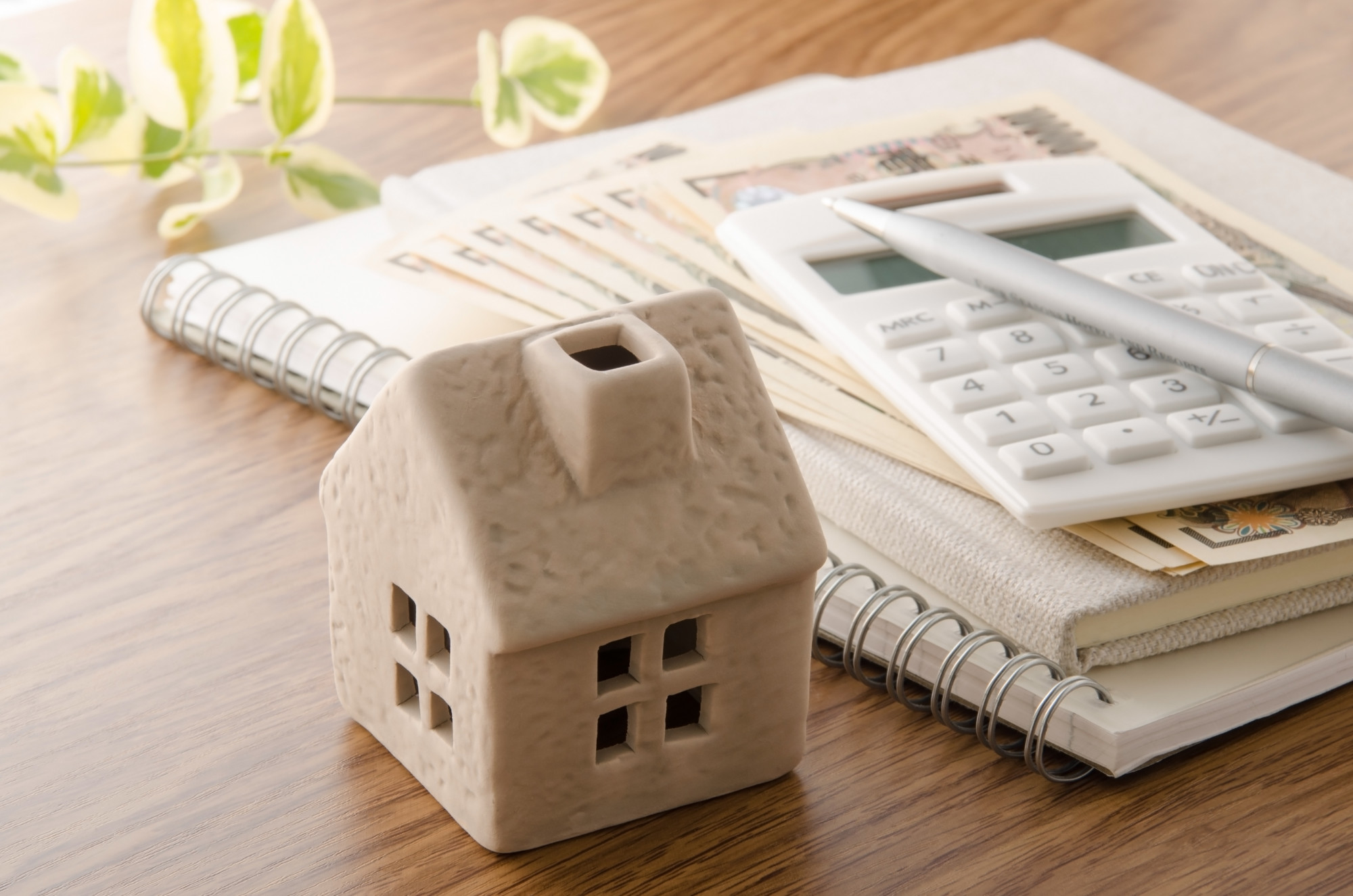Construction projects can have profound impacts on the environment, from resource consumption to habitat disturbance and pollution. Mitigating these risks not only ensures regulatory compliance but also fosters sustainable practices and enhances community relations. Well, here are some of the pivotal tips to help you navigate and reduce environmental riks in your construction project:
Waste Management Planning
Construction sites can accumulate substantial waste from leftover materials to debris and packaging. Proper waste management not only promotes sustainability but also results in cost savings and efficient resource utilization.
Before starting the project, identify the types of waste that will be generated and estimate the quantities of each waste type. This will help in determining the necessary resources, equipment, and strategies to use. Finally, develop a waste management plan detailing reduction, recycling, and disposal practices.
Environmental Impact Assessments (EIA)
An Environmental Impact Assessment (EIA) is a systematic process that evaluates the potential environmental effects of a project. This Environmental Due Diligence process is essential in ensuring that decision-makers consider environmental impacts before deciding whether to proceed with new projects. A comprehensive EIA helps identify potential risks and their impacts, paving the way for proactive mitigation strategies.
Minimize Land Disturbance
Minimizing land disturbance not only helps protect the environment but can also save on costs related to erosion control and landscape rehabilitation. Design construction plans that use existing roads and clear only the essential land, preserving natural habitats and minimizing ecological impact. In areas with sloped terrains, retaining walls can help prevent the need for extensive grading and cutting into hillsides.
Protect Local Waterways
Preserving the quality and integrity of local waterways during construction is crucial for both the environment and public health. Companies like Erizon can help you preserving the waterways by employing erosion control procedures. Runoff from construction sites can carry pollutants like sediment, chemicals, and debris, which can degrade water quality, harm aquatic life, and pose health risks.
Implement barriers or covers over nearby streams, rivers, and lakes to prevent contamination from runoff or construction debris. Also, establish designated waste storage areas and ensure all waste is disposed of correctly, preventing contaminants from entering waterways.
Sustainable Material Choices
Incorporating sustainable materials into construction is a vital step towards building responsibly and promoting environmental stewardship. Before selecting a material, consider its entire lifecycle – from raw material extraction to disposal. Materials with a lower environmental impact over their full lifecycle are preferable. Opt for eco-friendly construction materials, which are often renewable, recyclable, or have a reduced carbon footprint.
Monitor Air Quality
Monitoring air quality is essential to safeguard the health of workers, the public, and the surrounding environment. Start by identifying potential sources of air pollution related to your specific construction activities.
This could include dust from earth-moving operations, emissions from construction equipment or volatile organic compounds (VOCs) from paints, solvents, and adhesives. Then, collect data from monitoring equipment and record it accurately. Finally, analyze the data to identify trends, exceedances of regulatory limits, or areas of concern.
Regular Audits
Environmental audits in construction offer a systematic review of a project’s adherence to environmental regulations, guidelines, and best practices. Regular environmental audits ensure that the project is complying with all regulations and can help identify areas for improvement. The audits provide insights into areas of improvement.
Over time, this iterative process can lead to more streamlined operations and higher environmental standards.
Wrapping up
Construction projects, regardless of size, can pose significant environmental risks. From land disturbances to waste generation, the industry has a substantial environmental footprint. However, with proper planning and innovative approaches, you can take a proactive step to mitigate these risks and avoid issues cropping up at latter stages.







